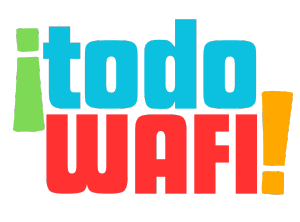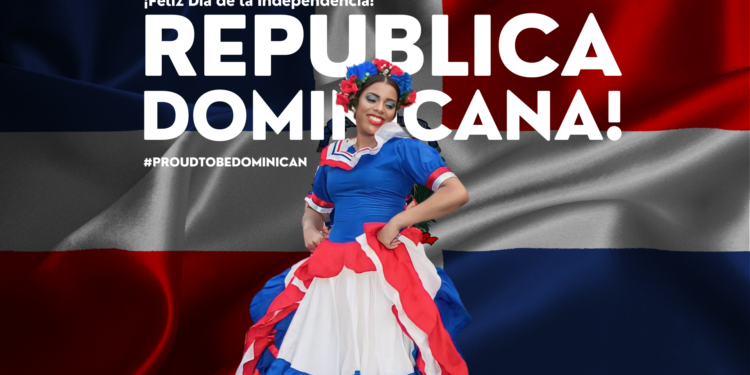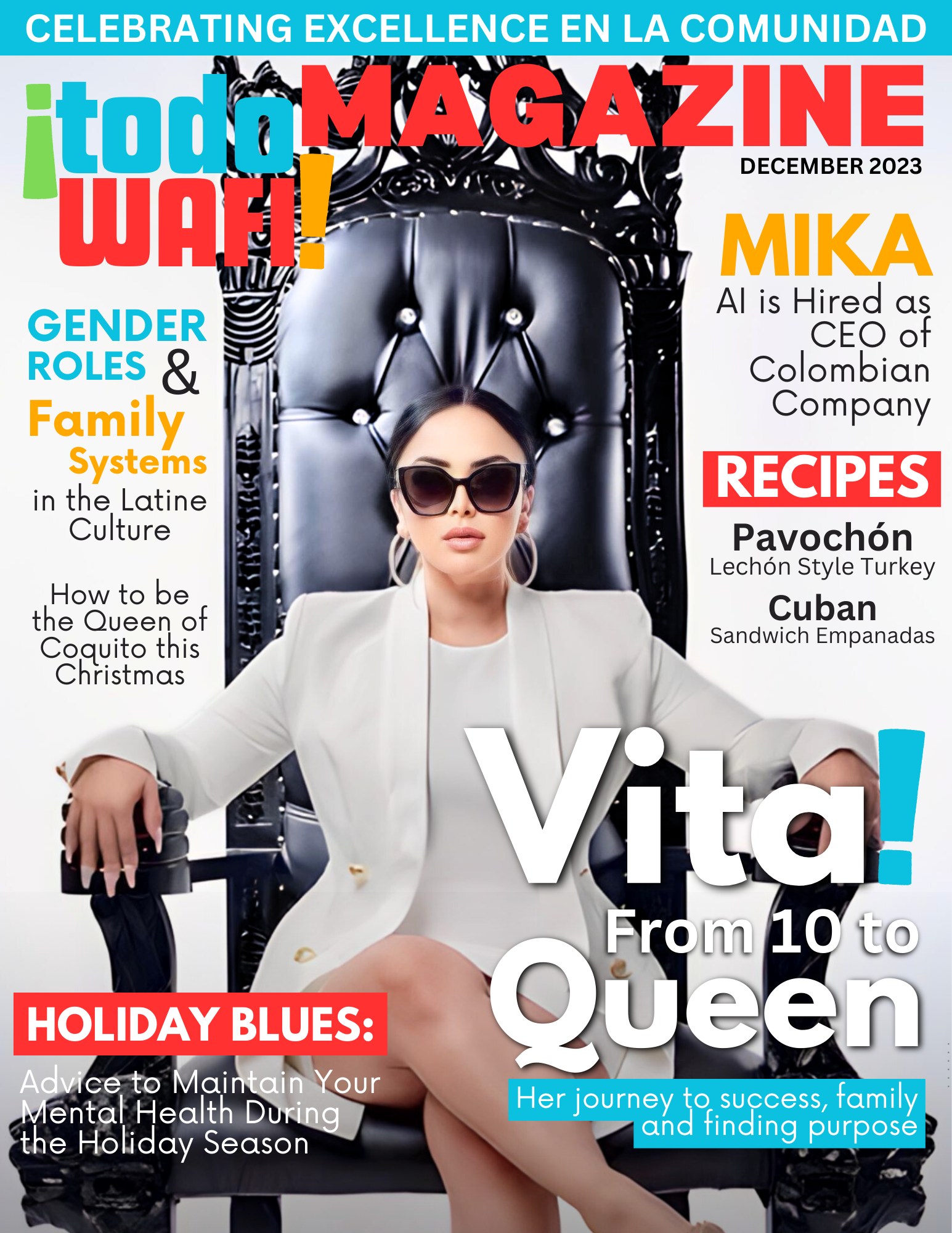First celebrated in 1844, Independence Day in the Dominican Republic is a month-long affair that coincides with the country’s biggest celebration of the year- something that the Dominican Republic deserves for their struggles for independence and freedom.
History
The Dominican Republic has a more complex history than one may think. After a revolution against the French occupation of the island of Hispaniola in the late 1790s, Spain regained control of their former colony. Their rule was unsteady, however, and would remain that way until 1821, when José Núñez de Cáceres declared independence that would only last two months until the Haitians invaded & conquered the newly independent land.
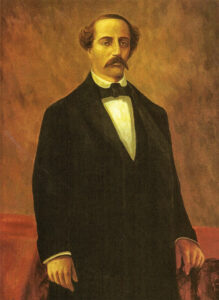
During this time, Dominican founding father Juan Pablo Duarte began speaking of independence. This led to the Dominican War of Independence and saw the installation of president Pedro Santana. The Dominican Republic had finally won its independence and could call itself a proud country. There was a Haitian invasion in 1849, but President Santana was quick to defeat the opposing country and even ordered raids on their land as payback.
Despite its independence, the Dominican Republic would take a few decades to get rid of political corruption and gain a strong economy. In the 1800s, the Dominican Republic would see and fight off an invasion from Spain in an attempt by President Santana to stabilize the economy- a decision that was unpopular with many citizens.
After Spain withdrew from the island, it saw a great amount of growth in food production, travel convenience, and the economy from Cuban sugar cane production. Throughout this process, the Dominican government would still prove to be corrupt, prompting European powers to threaten to invade to collect the money they lent. Here, the Americans stepped in and occupied the Dominican Republic until 1924, when new President Rafael Trujillo would prove to be just as corrupt as previous leaders, which now included censorship of the media and complete suppression of any and all political opponents. This led to an era of secret policing and hatred for the Haitian people that would culminate in The Parsley Massacre of 1937- a devastating slaughter of 20,000 Haitian people at the order of President Trujillo. After the assassination of the president, the country entered into a civil war that the United States got involved in for fear of communism spreading.
The next decades saw the installation of presidents who grew the economy into the biggest in the Caribbean. With history as rich and complex as this, it’s no doubt the people of the Dominican Republic love to celebrate!
Celebration
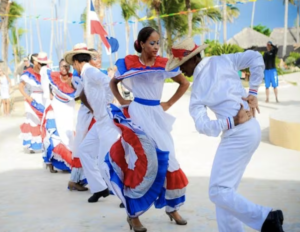 Although the official day of celebration is on February 27th, February is known as “Patriotism Month,” which sees celebrations start on January 26th with the celebration of Dominican writer and activist- not to mention founding father- Juan Pablo Durante. February is known as a month to celebrate the history, heroes, music, culture, and strength of the Dominican Republic and its people. >Carnaval takes place during this time and is happily included in the celebrations, making this one of the world’s most unique and vibrant independence day celebrations.
Although the official day of celebration is on February 27th, February is known as “Patriotism Month,” which sees celebrations start on January 26th with the celebration of Dominican writer and activist- not to mention founding father- Juan Pablo Durante. February is known as a month to celebrate the history, heroes, music, culture, and strength of the Dominican Republic and its people. >Carnaval takes place during this time and is happily included in the celebrations, making this one of the world’s most unique and vibrant independence day celebrations.
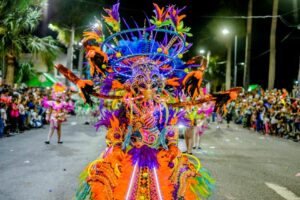
In the city of La Vega, Carnaval is taken to a whole new level, with every Sunday in February being dedicated to festive customs and Carnaval characters in a community celebration.
Every year on February 27th, the president makes a nationally broadcast speech congratulating the people of the Dominican Republic for their independence and recognizing their founding fathers in their resting place at Puerta del Conde in Santo Domingo.
All around the world, people from the Dominican Republic hang Dominican flags out their windows and are sure to eat traditional dishes such as bacalao and mangu.
To learn more about how the Dominican Republic celebrates its independence during February, click here!
